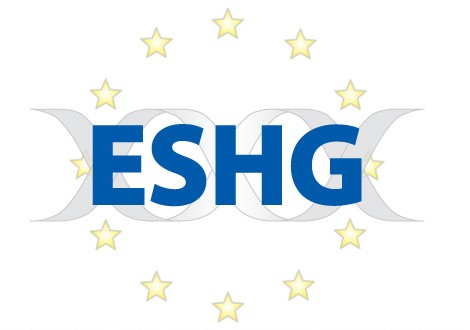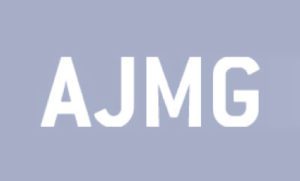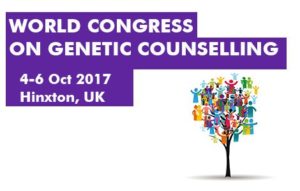| Title: | P09.022B – Interest of searching dysmorphic features in Autism Spectrum Disorder: Comparison of clinical geneticists and Face2Gene photos analyses |
| Keywords: | autism; dysmorphology; Face2Gene |
| Authors: | S. Tordjman1, C. Robert2, N. Fleischer3, C. Baumann4, L. Burglen5, D. Cohen6, D. Héron7, N. Pichard8, A. Verloes4, C. Quelin9, F. Demurger9, M. Fradin9, L. Pasquier9, S. ODENT9,10; 1Pôle Hospitalo-Universitaire de Psychiatrie de l’Enfant et de l’Adolescent, Université de Rennes 1 and Centre Hospitalier Guillaume Régnier and Laboratoire Psychologie de la Perception, Université Paris Descartes CNRS UMR 8158, Rennes, France, 2CHU de Rennes. Hôpital Sud and Pôle Hospitalo-Universitaire de Psychiatrie de l’Enfant et de l’Adolescent, Rennes, France, 3FDNA Inc, Boston, MA, United States, 4Département de Génétique, CHU Paris – Hôpital Robert Debré, Paris, France, 5Centre de référence des malformations et maladies congénitales du cervelet et Service de Génétique, APHP, Hôpital Trousseau, Paris, France, 6Department of Child and Adolescent Psychiatry, AP-HP, GH Pitié-Salpétrière, CNRS FRE 2987, Université Pierre et Marie Curie, Paris, France, 7AP-HP, Hôpital de la Pitié-Salpêtrière, Département de Génétique, Paris, France, 8Laboratoire Psychologie de la Perception, Université Paris Descartes et CNRS UMR 8158, Paris, France, 9CHU de Rennes. Hôpital Sud, Service de génétique Cinique, Rennes, France, 10UMR 6290 CNRS, IGDR Institut de Génétique et développement de Rennes, Université de Rennes1, Rennes, France. |
| Abstract: | Background: Autism Spectrum Disorder (ASD) is defined according to DSM-5 and ICD-10 criteria as early social communication impairments and repetitive/restrictive behaviors or interests. Geneticists have advanced current knowledge of genetic syndromes associated with ASD. Clinical genetic examination searching for dysmorphic features and malformations is a very important step toward the identification of genetic disorders associated with ASD. Objective and Methods: to compare the etiological genetic hypotheses stated by clinical geneticists trained in dysmorphology to the ones resulting from the software program Face2Gene based on biometric analyses and algorithms. Clinical geneticists and Face2Gene analyses were both performed on the same facial photos of 79 children and adolescents with ASD and intellectual disability. Results: The qualitative variable of “clinical dysmorphy” observed by the geneticists was significantly and moderately correlated with the qualitative variable of “Face2Gene dysmorphy” (Phi coefficient = 0.35, p = 0.0039). The inter-judge agreement represented by the Cronbach’s Alpha coefficient was 0.51. Furthermore, there were no significant correlations between dysmorphism scores and autism severity ratings based on the ADOS (current severity), ADI-R past time (period of life from 4 to 5 years old), or ADI-R present time. Conclusion: This study highlights the need to conduct systematic clinical genetic examinations searching for known genetic disorders for all individuals with ASD. Biometric analysis software can provide a helpful additional method, either used after clinical genetic evaluation to complete the diagnostic strategy of the geneticist or used before clinical evaluation to sensitize the families to the interest of clinical genetic examination in ASD. |
| Presentation Time: | Sunday, May 28, 2017, 4:45 PM – 5:45 PM |

FDNA and Face2Gene Featured at ESHG
A flock of researchers from around the globe shared their findings in dysmorphology and molecular genetics at this year’s ESHG as a part of FDNA’s corporate satellite talk and various scientific posters. Karin Weiss (Rambam Health Care Campus, Haifa, Israel) presented her further work on Sifrim Hitz Weiss Syndrome (SIHIWES), a recently described form […]


